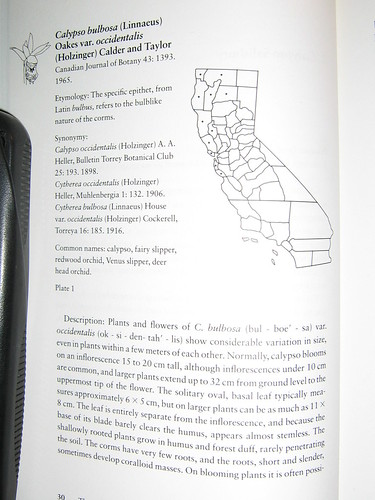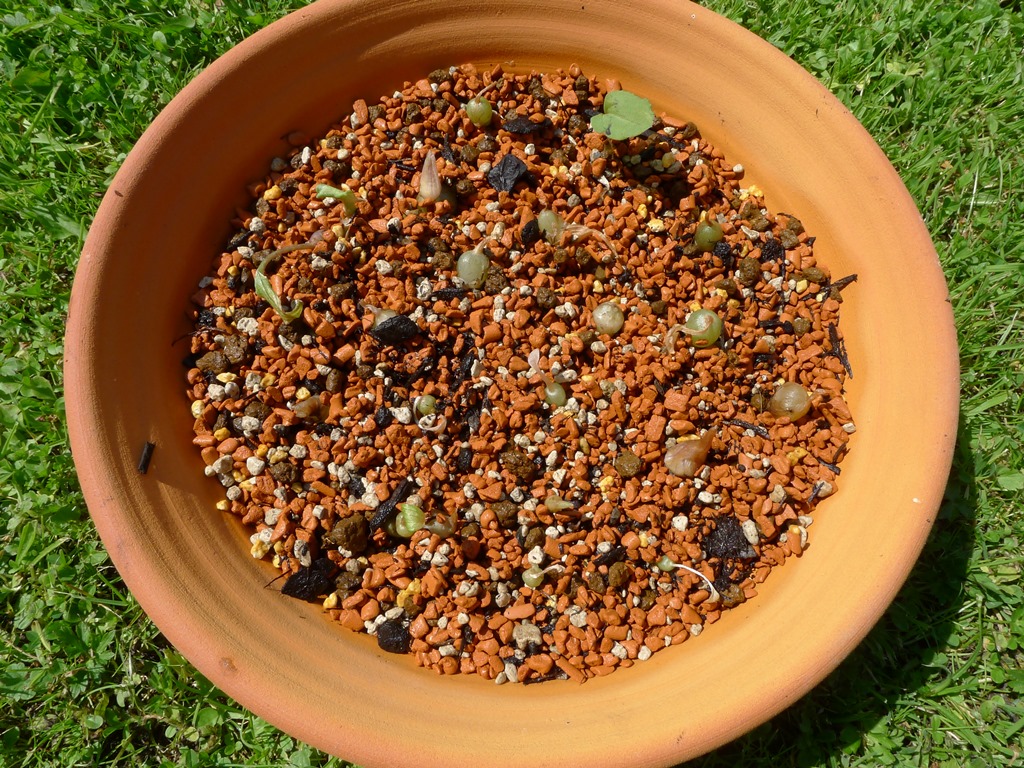naoki
Well-Known Member
Calypso bulbosa has a wide geographic distribution, and the distribution covers lots of latitude. In south (e.g. California), I believe it is summer dormant. I have been wondering about the life history of this species in the North (I'm in interior Alaska). So I've tried to visit our neighbor population as frequently as possible. My son, who just became 3, is quite a bit of naturalist, so he is always excited to visit the site (well, his main motivation might have been to throw pebbles into the pond near the population).
First, photos of the flowers (I think I posted these previously, and these are not from this year):
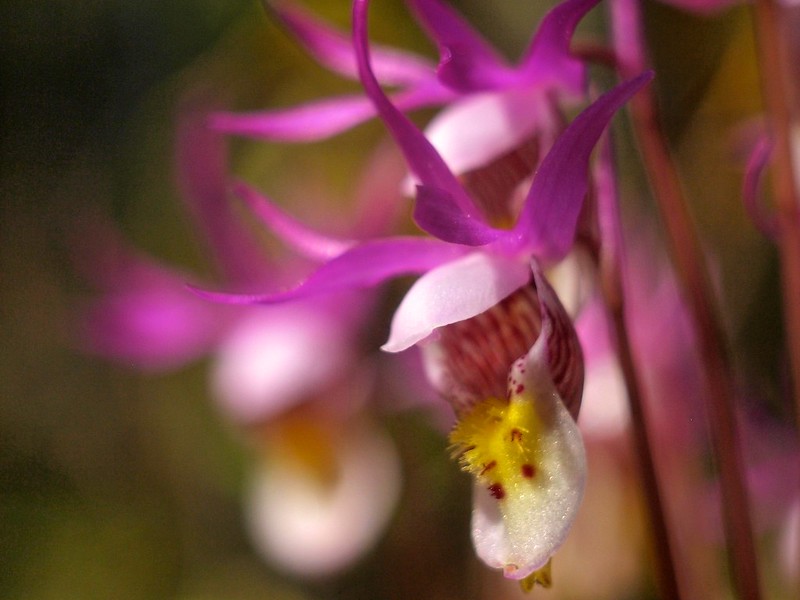
Nymph, on Flickr
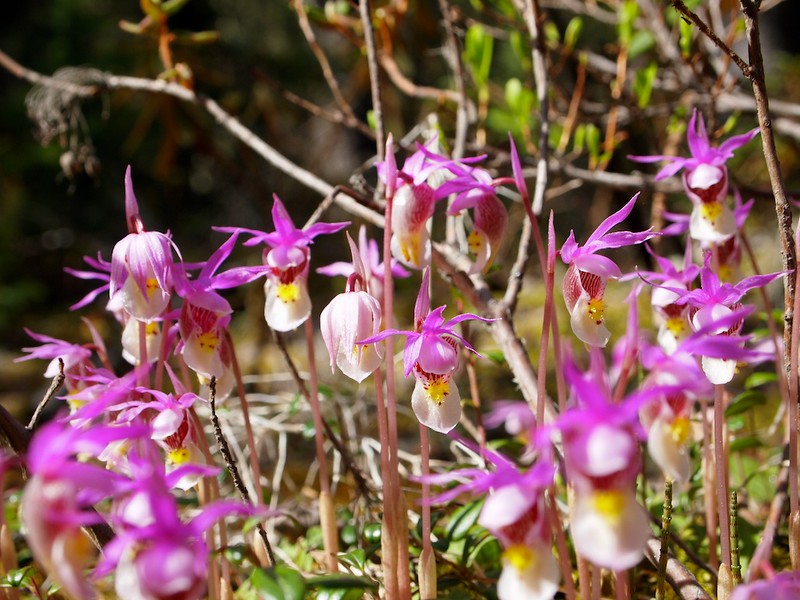
gathering of nymphs, on Flickr
May 4
The next photo is about 2 weeks after snow-melt. The plants appear to overwinter with the leaf out, and the flower bud is ready to expand. They are probably insulated by snow in winter, and may not experience below -10C even though the air temp can go down to -40C.
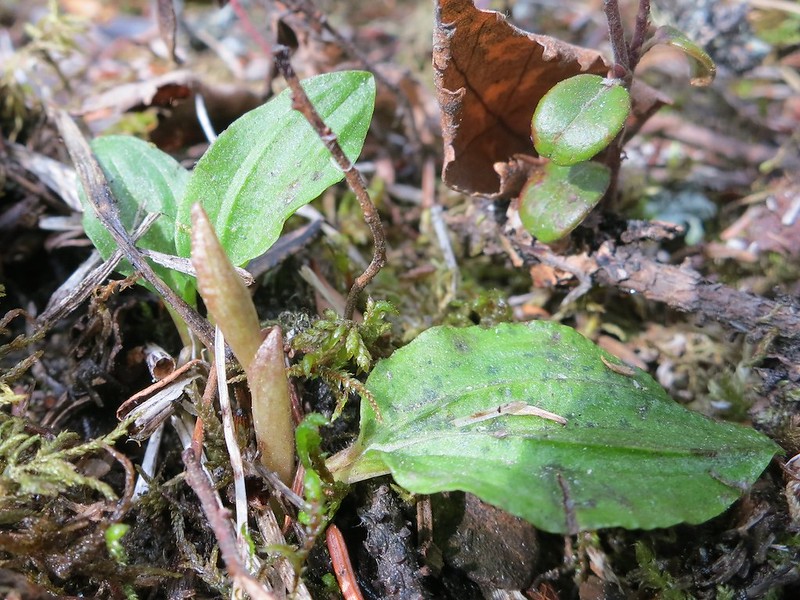
May 4, on Flickr
May 26
The flowers develop really quickly, and it flowers within a month of snow melt. It is actually near the end of flowering season. The photo is taken at a different population from the one near my house, but these two populations are pretty close to each other.
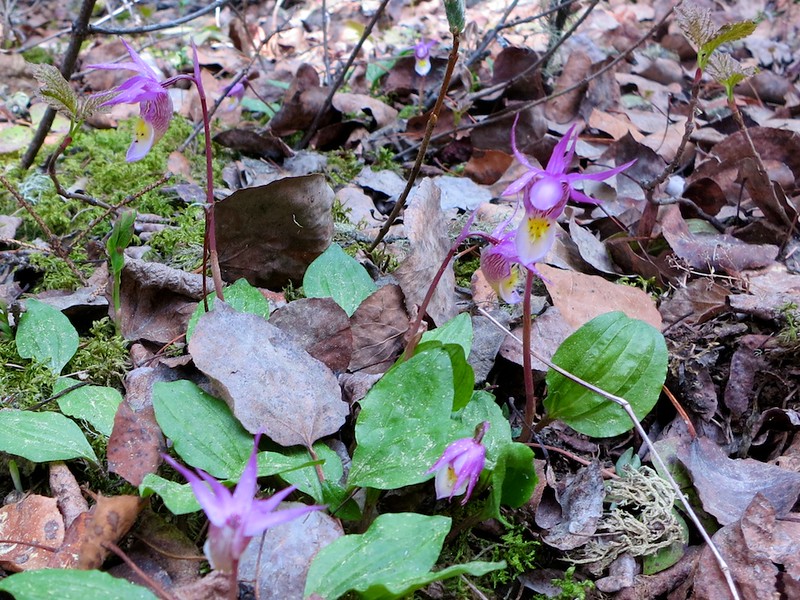
May 26, on Flickr
July 17
Fruits are formed. I think the dehiscence of the fruits occurred in the beginning of August. So it is about 2.3 months after blooming. Note that the leaves (which were produced during the last summer/fall) are becoming yellow.
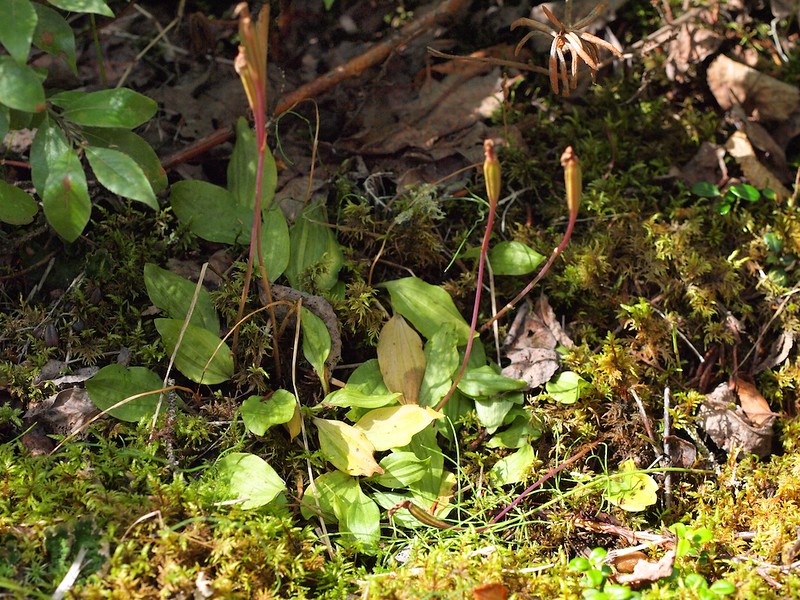
July 17, on Flickr
At the same time, a new leave for next year is starting to expand.

July 17, on Flickr
Sept. 18
The new leaf is fully expanded. A flower bud for the next year is already formed. Within 2 more weeks, the daily min. temp will hit the freezing point (0C). Plants are likely to be under snow by the end of October. The shoulder season is the time when plants can experience extreme temperature.
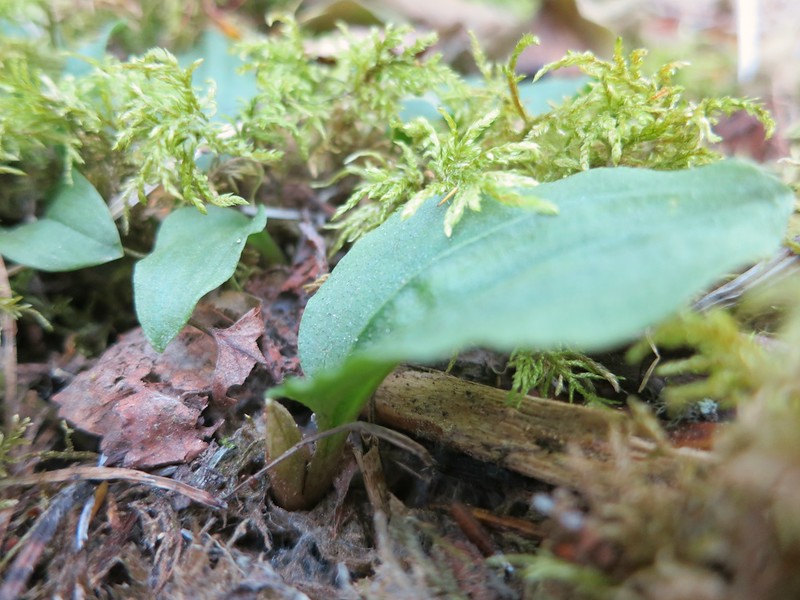
Sept. 18, on Flickr
Detail of the flower bud for the next spring.
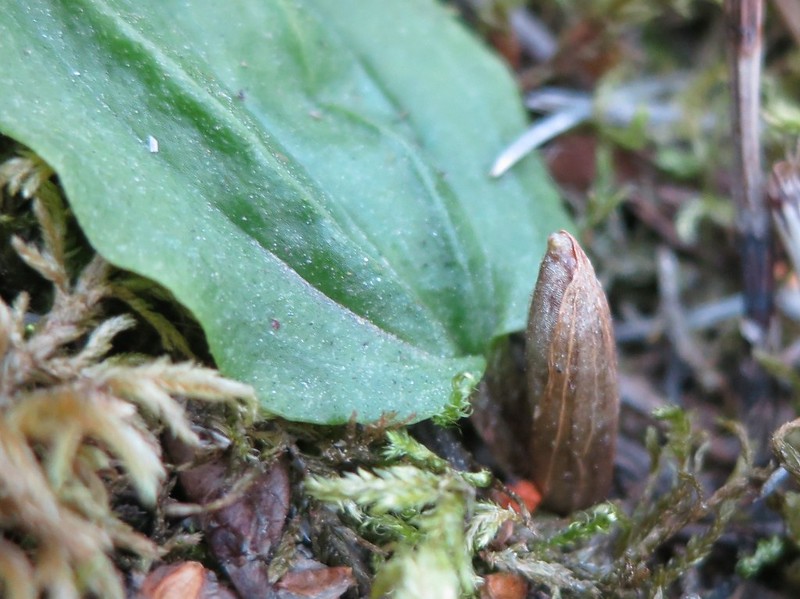
Sept. 18, on Flickr
Overall, the growth pattern in the north appears to be similar to the pattern of southern plants. I've not observed this species in south, so I do not know what they do during the hot summer (are they really dormant with no green leaves?). In north, the renewal of leaves occurs during the summer, but they appear to have green leaves always in the summer. It makes sense because the plants have to go through rapid growth in the short growing season of interior Alaska. Life is intense in North!
First, photos of the flowers (I think I posted these previously, and these are not from this year):

Nymph, on Flickr

gathering of nymphs, on Flickr
May 4
The next photo is about 2 weeks after snow-melt. The plants appear to overwinter with the leaf out, and the flower bud is ready to expand. They are probably insulated by snow in winter, and may not experience below -10C even though the air temp can go down to -40C.

May 4, on Flickr
May 26
The flowers develop really quickly, and it flowers within a month of snow melt. It is actually near the end of flowering season. The photo is taken at a different population from the one near my house, but these two populations are pretty close to each other.

May 26, on Flickr
July 17
Fruits are formed. I think the dehiscence of the fruits occurred in the beginning of August. So it is about 2.3 months after blooming. Note that the leaves (which were produced during the last summer/fall) are becoming yellow.

July 17, on Flickr
At the same time, a new leave for next year is starting to expand.

July 17, on Flickr
Sept. 18
The new leaf is fully expanded. A flower bud for the next year is already formed. Within 2 more weeks, the daily min. temp will hit the freezing point (0C). Plants are likely to be under snow by the end of October. The shoulder season is the time when plants can experience extreme temperature.

Sept. 18, on Flickr
Detail of the flower bud for the next spring.

Sept. 18, on Flickr
Overall, the growth pattern in the north appears to be similar to the pattern of southern plants. I've not observed this species in south, so I do not know what they do during the hot summer (are they really dormant with no green leaves?). In north, the renewal of leaves occurs during the summer, but they appear to have green leaves always in the summer. It makes sense because the plants have to go through rapid growth in the short growing season of interior Alaska. Life is intense in North!




